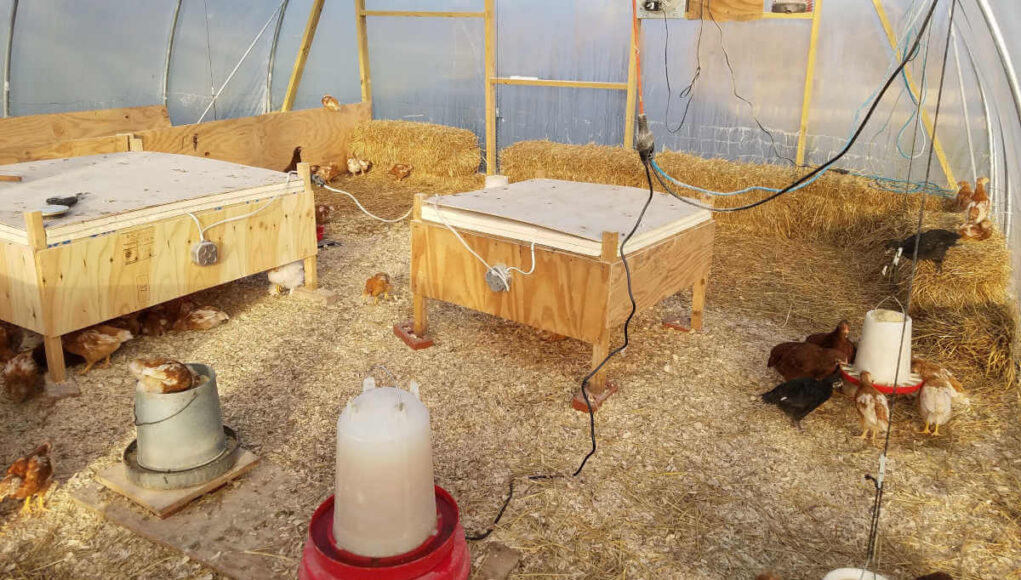Raising chicks is a rewarding experience, but it comes with its own set of challenges. One of the primary questions every chicken owner faces is when can chicks leave the brooder. Understanding the right time for this transition is crucial for ensuring the health and safety of your young flock.

Understanding the Importance of a Brooder
The brooder serves as a warm and safe environment for chicks that have just hatched. It replicates the warmth and comfort provided by a mother hen, allowing chicks to grow and develop properly. The decision of when can chicks leave the brooder is not to be taken lightly, as it impacts their health and development.
Factors to Consider Before Transitioning
Age of the Chicks
Typically, chicks are ready to leave the brooder at around 6 to 8 weeks of age. By this time, they should be fully feathered and capable of regulating their body temperature.
Feather Development
Feathering is a crucial indicator of a chick’s readiness to leave the brooder. Once chicks have developed their adult feathers, they can better handle temperature fluctuations.
Temperature Requirements
In the brooder, the temperature is usually maintained at around 95F during the first week of a chick’s life. This temperature is gradually reduced by 5F each week until it matches the ambient room temperature. Setting up a chick brooder correctly is essential for this process.
Signs Chicks Are Ready to Leave the Brooder
Behavioral Cues
Chicks that are too hot will pant and spread their wings, while those that are too cold will huddle together. Observing these behaviors can help determine if they are ready to transition.
Activity Levels
Active and curious chicks are likely ready to explore beyond the brooder. If they seem restless or bored, it might be time to consider their transition.
Steps to Transition Chicks
Gradual Introduction to the Outdoors
Begin by allowing chicks to spend short periods outside during the day. This helps them acclimate to the new environment without the shock of a sudden change.
Monitoring Weather Conditions
Ensure that the weather is warm enough before making the transition. Cold or rainy days are not ideal for moving chicks outside.
Providing Shelter and Safety
Once outside, chicks need a secure coop to protect them from predators and harsh weather. Ensure the coop is predator-proof and well-ventilated. Learn more about eco-friendly chick brooder options that can also serve as excellent shelters during transition.
Common Mistakes to Avoid
Rushing the Process
Pushing chicks out of the brooder too soon can lead to stress and health issues. It’s important to be patient and ensure they’re truly ready.
Ignoring Individual Differences
Not all chicks develop at the same rate. Some may take longer to feather out or become confident in new surroundings. Be attentive to each chick’s needs.
Expert Tips for a Smooth Transition
Enriching the Environment
Introduce safe toys and perches to keep chicks entertained and stimulated. Check out safe toys for chicks to get started.
Maintaining Cleanliness
Regularly clean the brooder and outdoor areas to prevent disease. Learn about the best practices in changing brooder bedding to ensure hygiene.
Frequently Asked Questions
What temperature should the brooder be before moving chicks?
The brooder temperature should be gradually reduced each week until it matches the room temperature, around 70F to 75F, before chicks are moved.
How do I know if my chicks are too cold?
If chicks are huddling together or appear lethargic, they may be too cold and need additional warmth.
What should I feed chicks after they leave the brooder?
Once outside, chicks can transition to a grower feed that supports their continued development. Ensure clean water is always available.

Conclusion
Determining when can chicks leave the brooder involves careful observation and understanding of their development needs. By considering factors such as age, feathering, and behavior, you can ensure a smooth and successful transition for your chicks. For additional guidance, you can refer to detailed resources like the PetMD chick care sheet.
This article contains affiliate links. We may earn a commission at no extra cost to you.











